Spice Up Your Life: 10 Irresistible Chili & Beans Recipes You Need to Try Now!
Table of Contents
- Why Chili & Beans Are a Perfect Match
- Top 10 Chili & Beans Recipes
- Pro Tips for Perfect Chili Every Time
- Types of Beans for Chili
- Choosing the Right Chilies
- Buying Guide: Must-Have Tools & Ingredients
- Conclusion
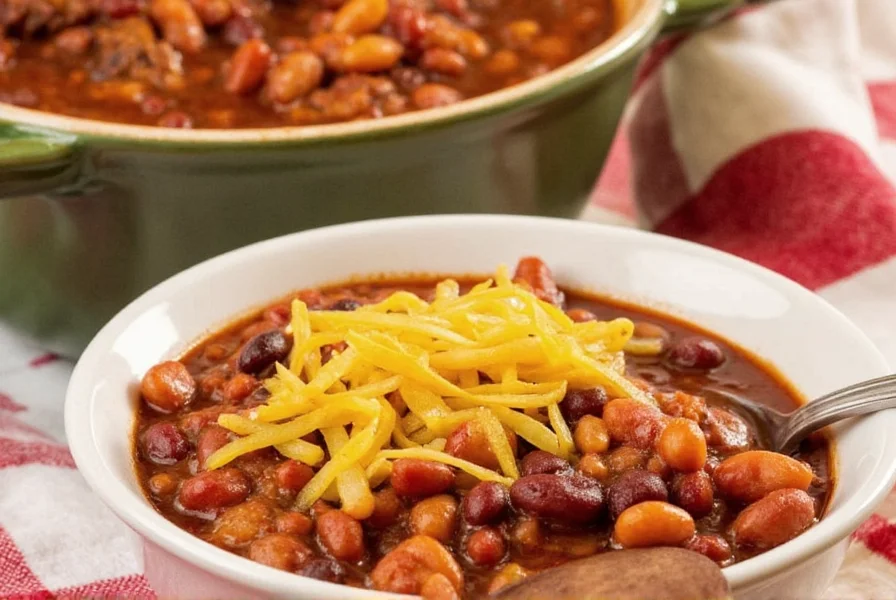
Why Chili & Beans Are a Perfect Match
If there’s one culinary duo that deserves its own love ballad, it’s chili and beans. Whether you're hosting a game-day feast or craving something hearty on a chilly evening, chili made with beans brings warmth, depth, and a touch of smoky fire to your plate.
Beans bring more than just fiber and protein — they absorb flavor like little flavor sponges. And when you pair them with different chilies, spices, and aromatics, you can create a dish that’s uniquely yours.
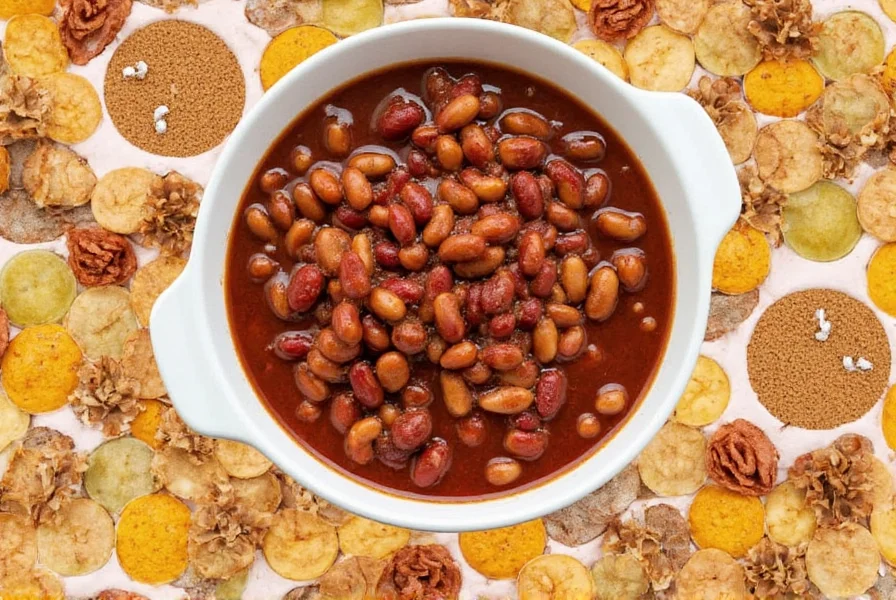
Top 10 Chili & Beans Recipes to Elevate Your Kitchen Game
Let’s dive into some of the most crave-worthy chili and beans recipes from around the globe. These dishes are guaranteed to make your taste buds sing — and maybe even break a sweat!
- Classic Texas-Style Chili with Kidney Beans: Rich, beefy, and slightly spicy — this one skips the beans but many cooks add kidney beans for extra heartiness.
- Slow Cooker Three-Bean Chili: A set-it-and-forget-it recipe using kidney, black, and pinto beans for texture variety.
- White Chicken Chili with Great Northern Beans: Lighter fare with a creamy base and mild heat.
- Vegan Black Bean Chili: Packed with plant-based protein and loaded with veggies and cumin-laced flavor.
- Mexican-Inspired Chili con Carne with Pinto Beans: Juicy ground beef and soft pinto beans in a tomato-spiced broth.
- Instant Pot Ground Turkey Chili: Fast, lean, and full of flavor — perfect for busy weeknights.
- Spicy Chipotle Chili with Navy Beans: Smoky chipotles and buttery navy beans make this chili dangerously addictive.
- Beef & Beanless Vegetarian Chili: A clever bean-free twist using mushrooms and eggplant for meaty texture.
- Cajun-Spiced Chili with Butter Beans: Southern flair meets Tex-Mex vibes with a dash of paprika and cayenne.
- International Fusion Chili with Adzuki Beans: For the adventurous home cook — try red adzuki beans with Korean gochugaru or Japanese miso.
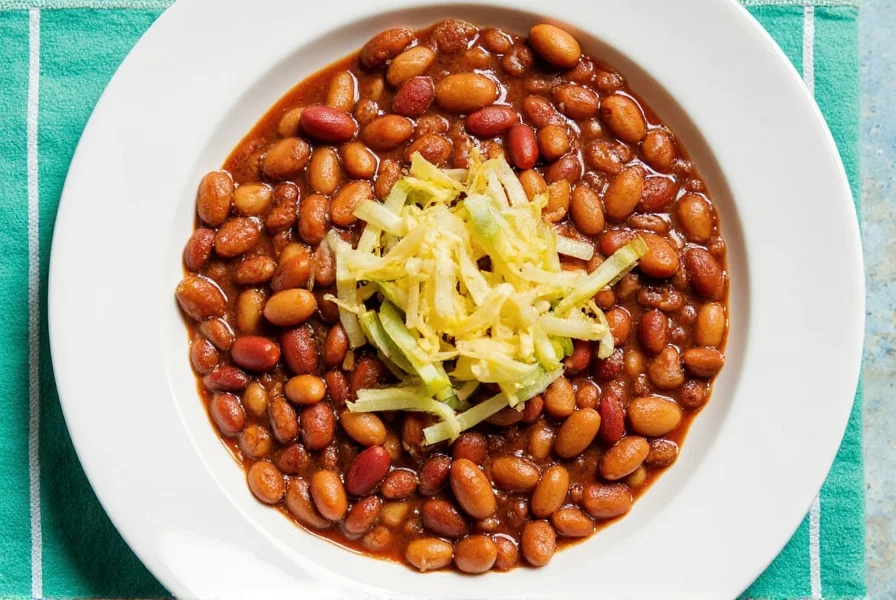
Pro Tips for Perfect Chili Every Time
Even if you’ve been making chili since college, there's always room to elevate your game. Here are some pro tricks to ensure your next batch is restaurant-worthy:
- Brown your meat first – It develops deeper flavor through the Maillard reaction. Don’t skip this step!
- Toast your spices – Dry-toasting whole spices or sautéing ground ones in oil unlocks their volatile oils and intensifies flavor.
- Add a splash of coffee or cocoa – Adds richness and balances out the acidity of tomatoes.
- Use a mix of fresh and dried chilies – Combining both gives depth and dimension to the heat profile.
- Let it rest overnight – Flavors meld together beautifully after a night in the fridge.
- Taste as you go – Adjust salt, acid, sweetness, and heat at every stage for balanced flavor.
- Garnish creatively – From pickled jalapeños to avocado crema or crushed tortilla chips — garnishes can take your chili from good to great.
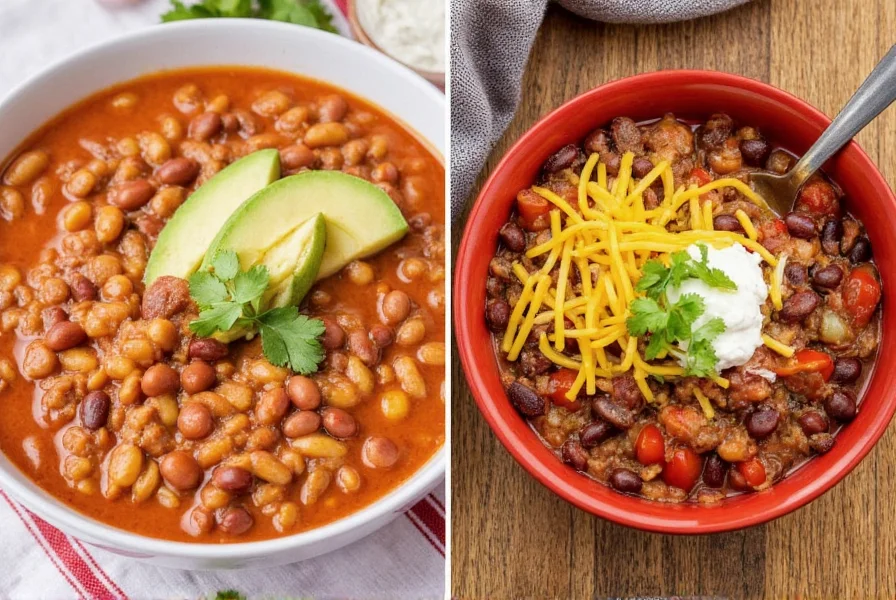
Types of Beans for Chili: Which Ones Should You Use?
Beans come in all shapes, sizes, and textures — and not all of them are created equal when it comes to chili. Let’s break down the most popular types and what makes them special:
| Bean Type | Texture | Flavor Profile | Best Used In |
|---|---|---|---|
| Kidney Beans | Firm and meaty | Mild, earthy | Classic beef chilis |
| Black Beans | Firm, slightly sweet | Earthy with a hint of sweetness | Vegan or Latin-inspired chilis |
| Pinto Beans | Soft, creamy when cooked | Nutty, buttery | Tex-Mex and slow-cooked chilis |
| Great Northern Beans | Firm yet delicate | Mild, slightly nutty | White chilis or chicken-based recipes |
| Navy Beans | Small and creamy | Mild and slightly sweet | Spicy or smoky chilis |
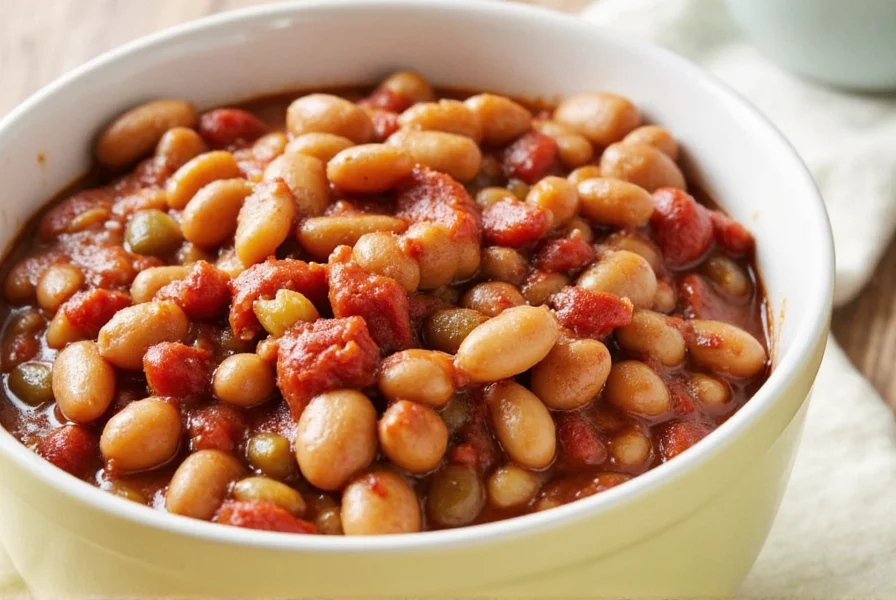
Choosing the Right Chilies: Fresh, Dried, or Powdered?
When it comes to chili (the dish), the type of chili (the pepper) you use can change everything. Here’s a quick breakdown to help you choose wisely:
- Ancho: Sweet, fruity, and mildly spicy — perfect for deepening flavor without too much heat.
- Guajillo: Tangy with medium heat; often used in Mexican mole sauces and traditional chili.
- Chipotle in Adobo: Smoky and hot — ideal for adding a fiery kick and barbecue undertones.
- Jalapeño: Mild to moderate heat, commonly used fresh in salsas or chopped into chili.
- Hatch Green Chilies: Versatile, grassy, and roasted — great for Southwestern-style chilis.
- Cayenne: Hotter than jalapeños; best used sparingly or in powdered form for heat infusion.
- Serrano: Spicier than jalapeños; great for small dices or infusing oil before cooking.
- Ghost Pepper or Carolina Reaper: Only for the brave! Intense heat with unique fruity notes.
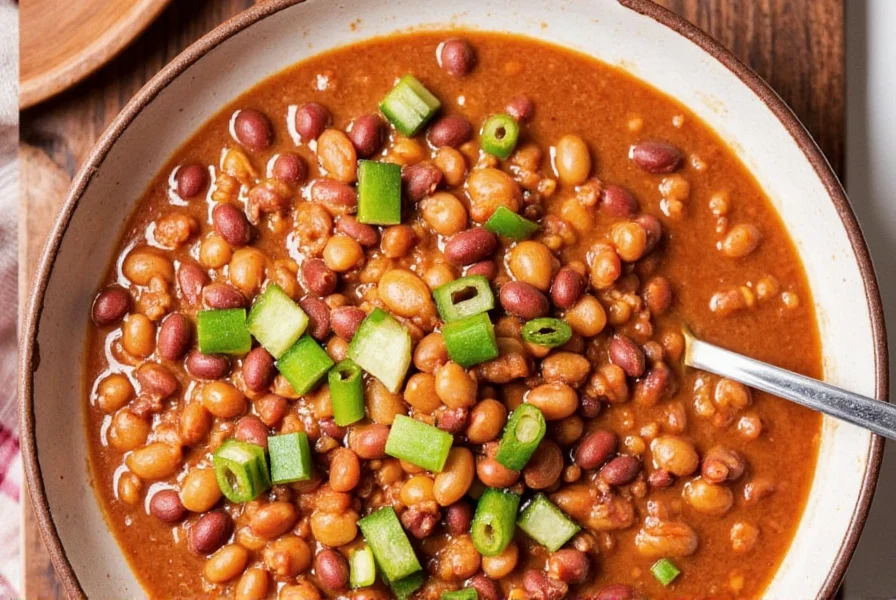
Buying Guide: Must-Have Tools & Ingredients for Chili Lovers
Whether you’re new to cooking or a seasoned chili head, having the right gear and ingredients can make all the difference. Here’s your essential list of must-have items:
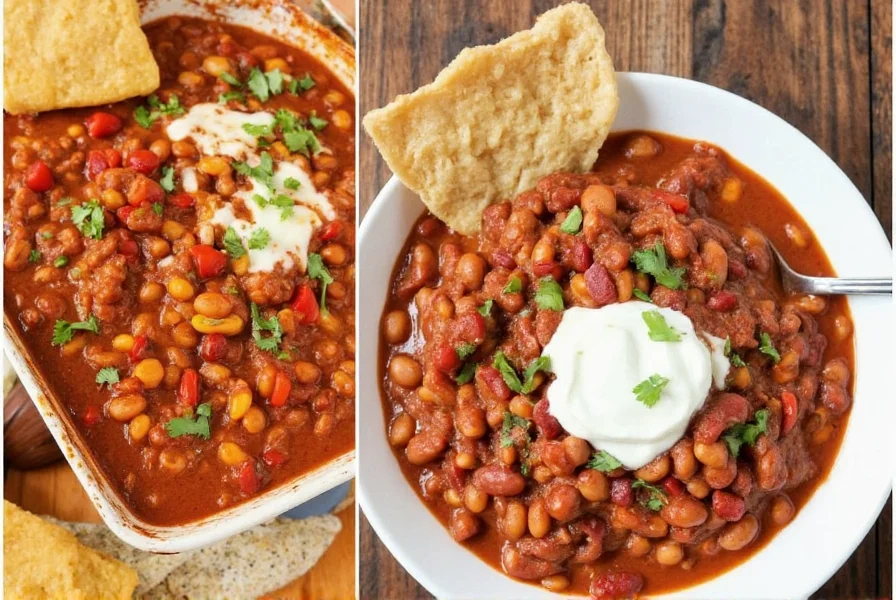
Le Creuset Dutch Oven
- Features: Enamel-coated cast iron, excellent heat retention and distribution.
- Advantages: Ideal for browning meat and simmering thick stews like chili.
- Use Cases: Stovetop to oven transitions, family meals, potlucks.
- Audience: Serious home cooks and chili enthusiasts.
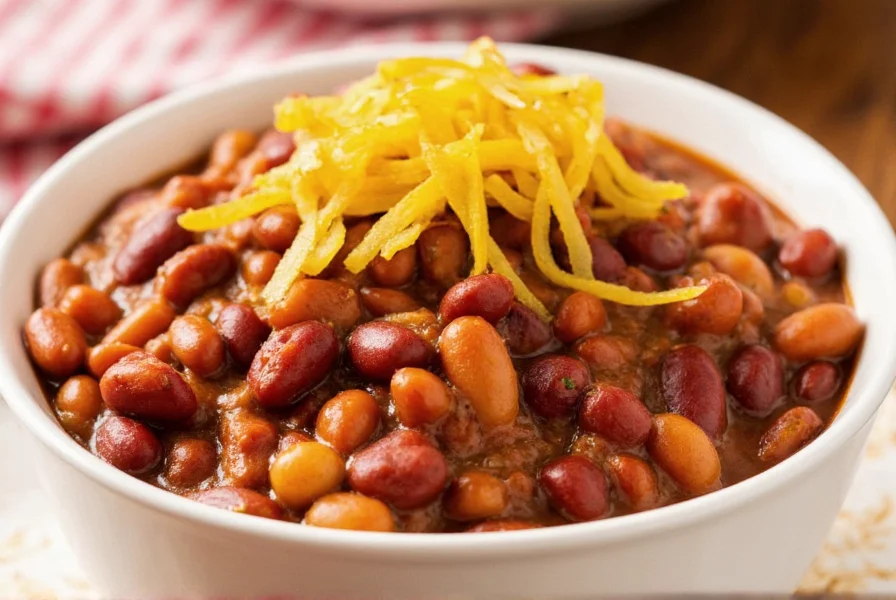
Breville Immersion Blender
- Features: Powerful motor, detachable blending wand, easy cleanup.
- Advantages: Perfect for puréeing soups and chilis directly in the pot.
- Use Cases: Thickening chili, blending roasted chilies or salsas.
- Audience: Home chefs who want fast prep and smooth texture.
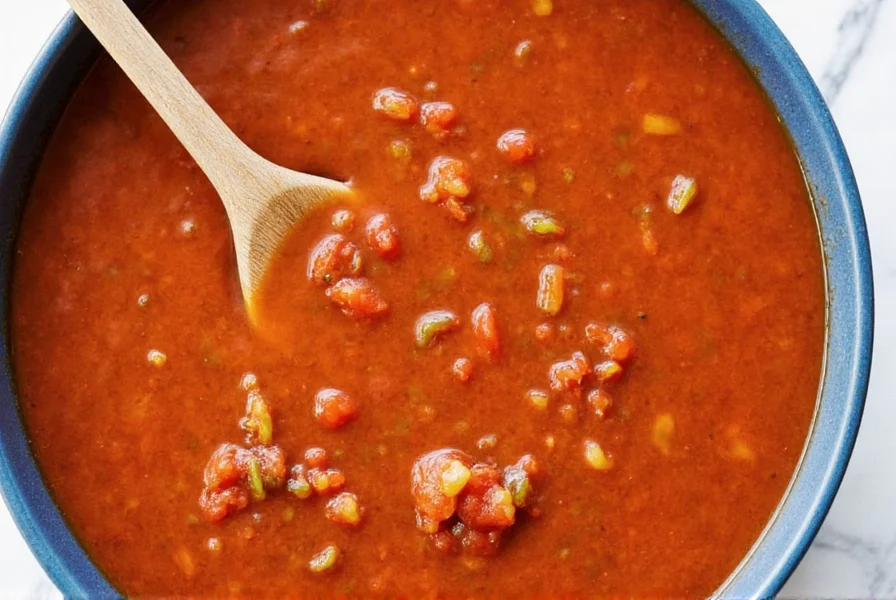
Lodge Cast Iron Skillet
- Features: Seasoned cast iron, durable and versatile.
- Advantages: Great for searing meat before making chili, retains heat well.
- Use Cases: Browning meat, roasting vegetables, open-fire camping chili.
- Audience: Outdoor cooks and rustic meal lovers.
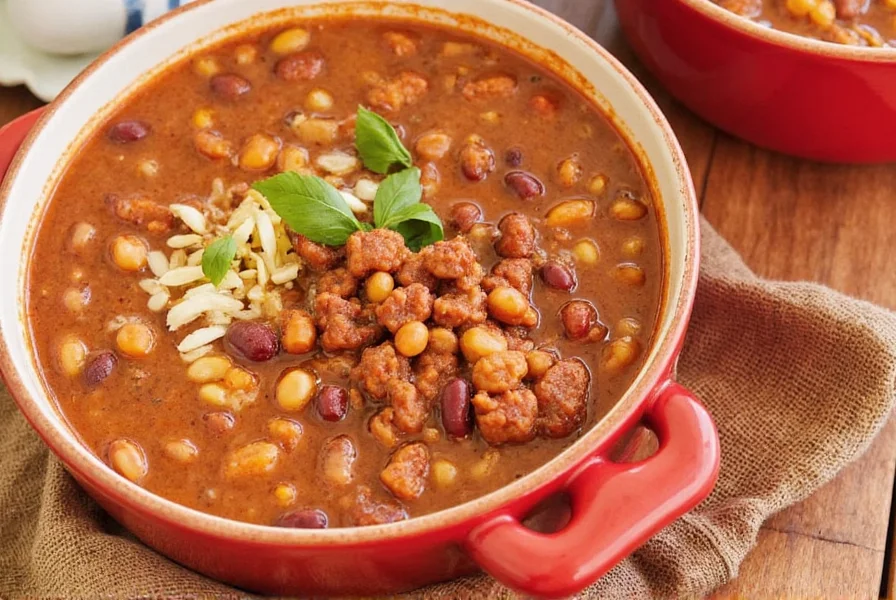
McCormick Original Chili Seasoning
- Features: Pre-mixed blend of chili powder, cumin, garlic, and paprika.
- Advantages: Saves time and ensures consistent flavor every time.
- Use Cases: Quick dinners, beginner-friendly recipes.
- Audience: New cooks or those short on time.
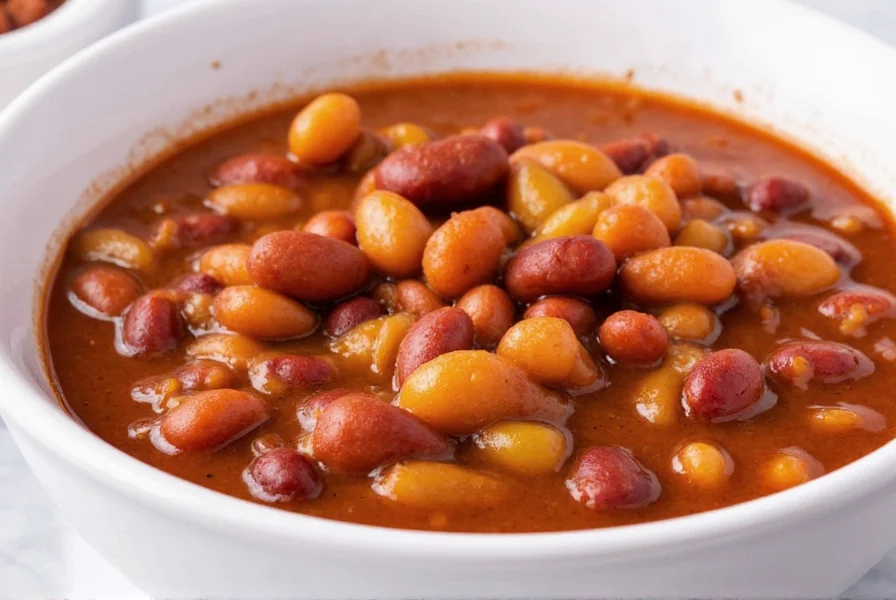
La Morena Dried Chilies Mix
- Features: Blend of ancho, guajillo, and pasilla chilies for complex flavor.
- Advantages: Authentic flavor without preservatives or additives.
- Use Cases: Traditional chili recipes, mole bases, homemade chili pastes.
- Audience: Culinary explorers and spice lovers.
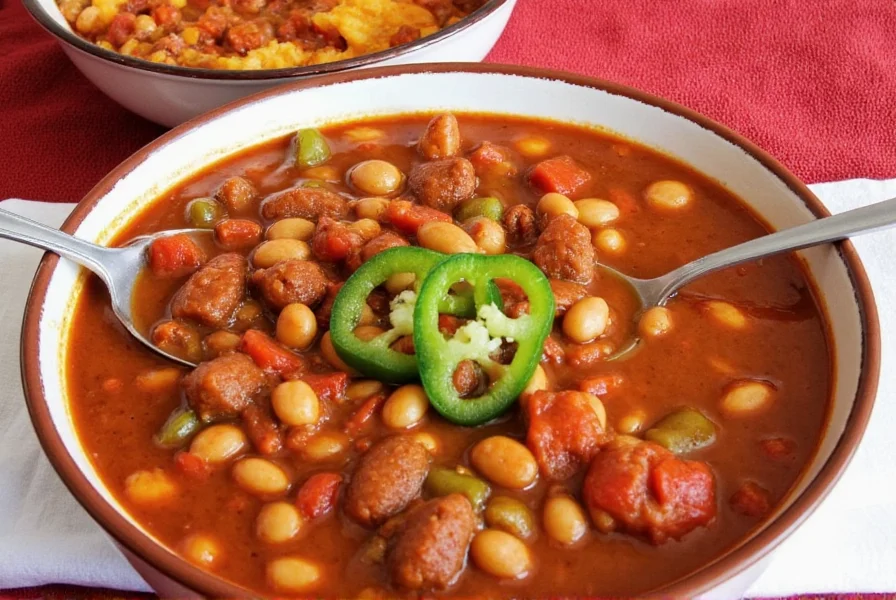
Conclusion
There’s no one-size-fits-all when it comes to chili and beans — which is exactly why this combo is so endlessly fun to play with. Whether you prefer it smoky, spicy, sweet, or packed with umami, there’s a chili out there for everyone.
Now that you’ve got the lowdown on beans, chilies, tools, and top-tier recipes, it’s time to roll up your sleeves, grab your favorite pot, and get cooking. Don’t be afraid to experiment — chili is as much about personal taste as it is about tradition.
So fire up the stove, gather your friends or family, and enjoy a bowl of chili that’s truly spiced to life!
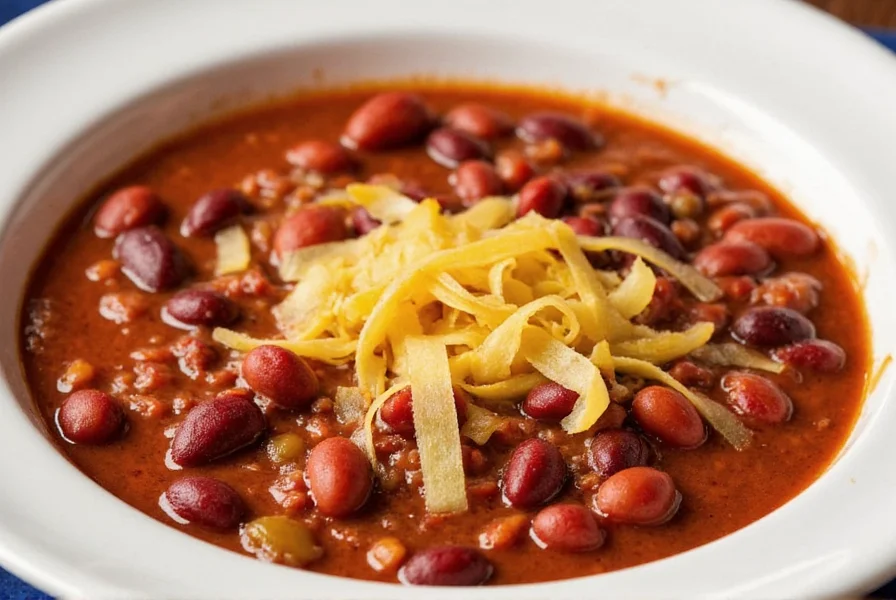

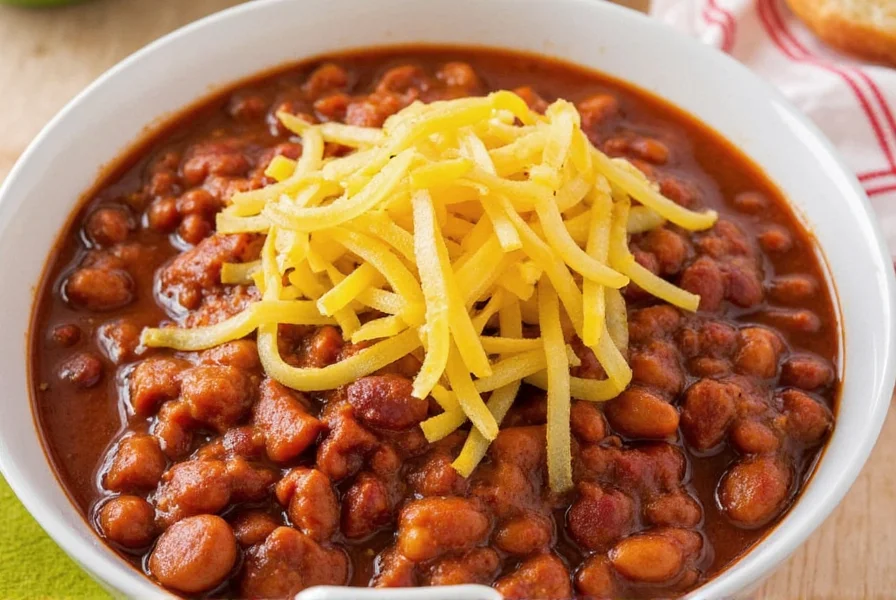









 浙公网安备
33010002000092号
浙公网安备
33010002000092号 浙B2-20120091-4
浙B2-20120091-4